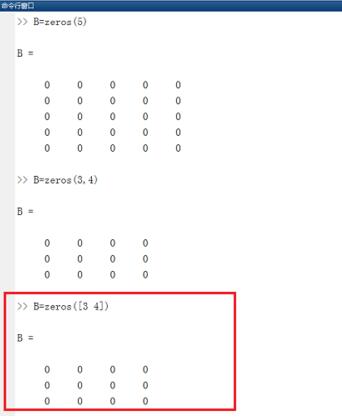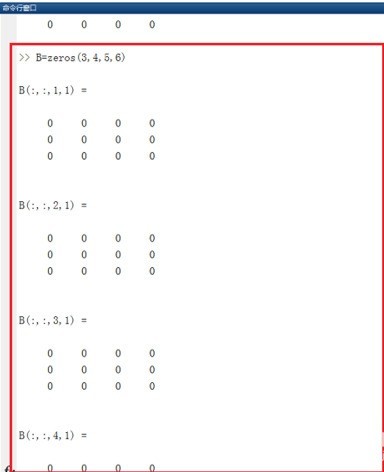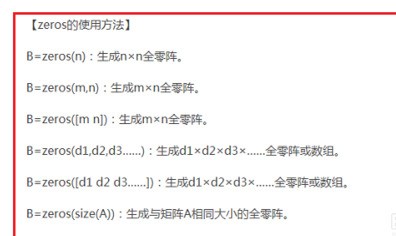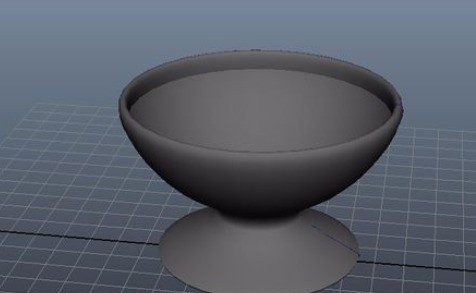Home >Software Tutorial >Computer Software >Detailed explanation of the operation of zeros function in Matlab
Detailed explanation of the operation of zeros function in Matlab
- WBOYWBOYWBOYWBOYWBOYWBOYWBOYWBOYWBOYWBOYWBOYWBOYWBOriginal
- 2024-06-10 14:41:401048browse
Comprehensive analysis of MATLAB zeros function The zeros function in MATLAB is a powerful tool for generating an all-zero matrix of specified size and type. Whether used to initialize variables, populate data structures, or create masks, zeros functions are critical in a variety of scientific and engineering applications. This article will delve into the syntax, parameters, and options of the zeros function, focusing on its practical application in different scenarios. With examples and clear explanations, you'll gain the knowledge you need to use the zeros function effectively in MATLAB. Continue exploring to discover the power of the zeros function and improve your MATLAB programming skills.
First enter B=zeros(5) in the command line window, and press Enter to see that a 5*5 zero matrix is generated, as shown in the figure:

Enter B=zeros(3,4) in the command line window and press Enter to generate a zero matrix with 3 rows and 4 columns, as shown in the figure:

Enter the B=zeros([3 4]) format, and press Enter to see that the same zero matrix with 3 rows and 4 columns as above is generated, but the format is different, as shown in the figure:

Enter B=zeros(3,4,5,6) in the command line window and press Enter to see that an all-zero matrix of 3*4*5*6 is generated, as shown in the figure:

Create a new A variable, enter B=zeros(size(A)), and press Enter to see that a zero matrix of the same size as the A matrix is generated, as shown in the figure:

Finally, let’s summarize how to use the zeros function. There are mainly the following types, as shown in the figure:


The above is the detailed content of Detailed explanation of the operation of zeros function in Matlab. For more information, please follow other related articles on the PHP Chinese website!
Related articles
See more- How to draw baseboards in Kujiale. How to draw baseboards in Kujiale.
- How to set UC Browser to automatically open the homepage after startup
- How to set the download directory for iQiyi. Tutorial for modifying the download directory for iQiyi computer version.
- How to cancel the automatic startup of Youku Video at startup. Tutorial on how to disable automatic startup of Youku Video at startup.
- How to log out of Baidu Brain Map? -How to log out of Baidu Brain Map

